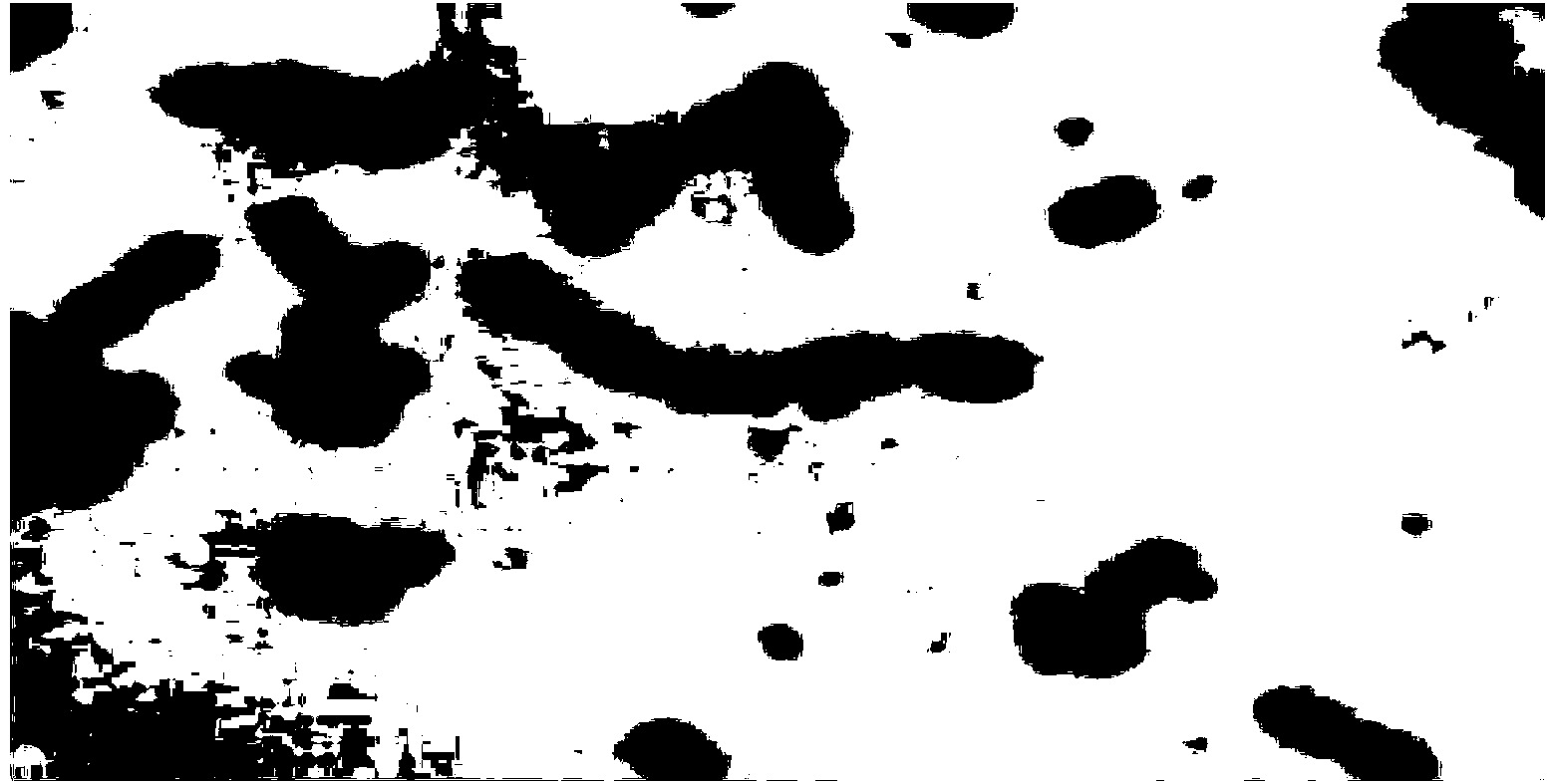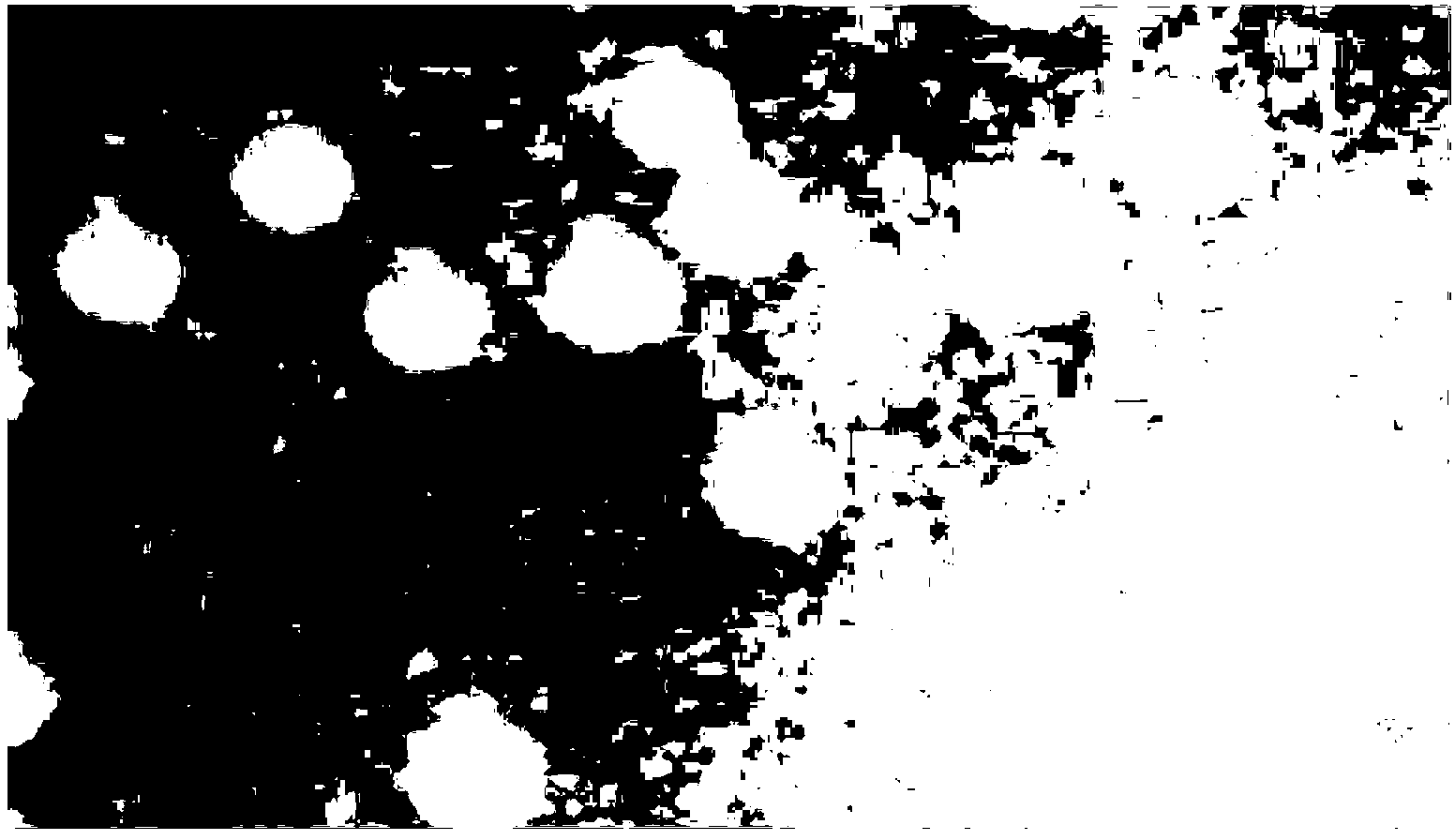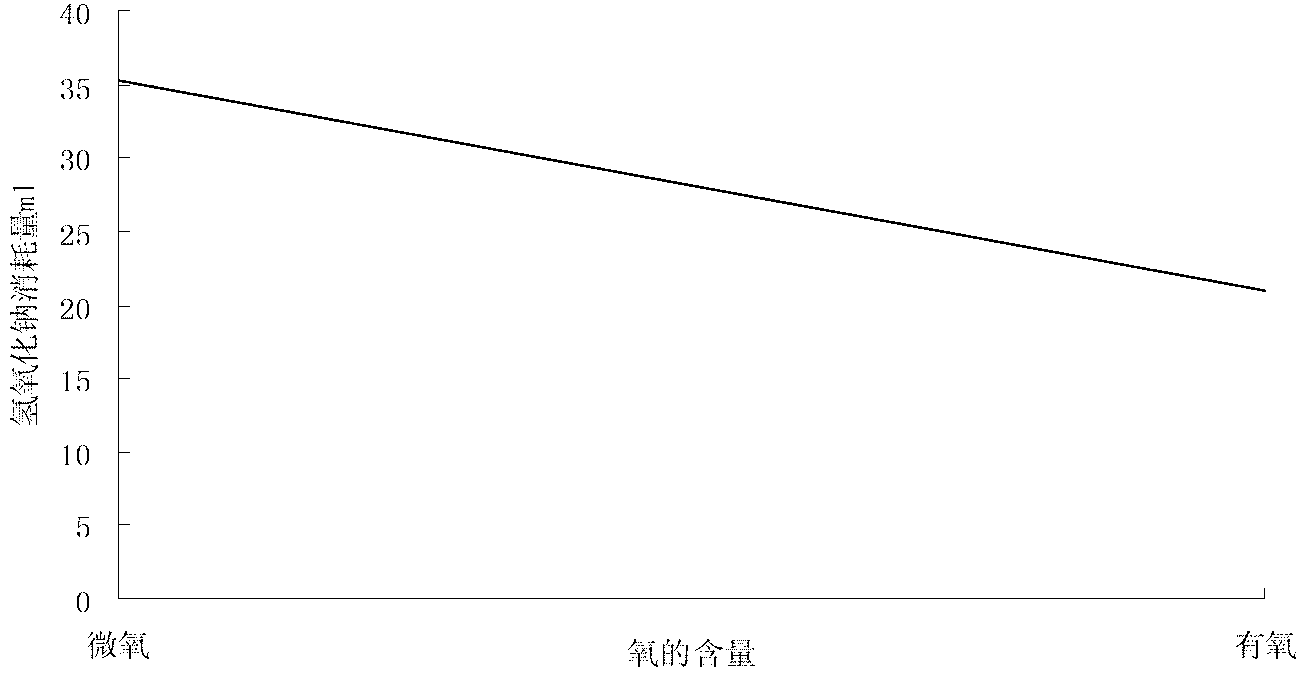Acetobacter capable of improving flavor of white spirits and white spirit brewing method using same
An acetic acid bacteria and liquor technology, which is applied in the directions of microorganism-based methods, alcoholic beverage preparation, biochemical equipment and methods, etc., can solve the problems of affecting the growth and metabolism of yeast, affecting the taste of liquor, excess acetic acid, etc. The effect of improving liquor quality and reducing water taste
- Summary
- Abstract
- Description
- Claims
- Application Information
AI Technical Summary
Problems solved by technology
Method used
Image
Examples
Embodiment 1
[0033] The strain described in the present invention is specifically acetic acid bacteria (Acetobacter sp.) HJB-012, which is isolated from Daqu of Hebei Hengshui Laobaigan Liquor Industry Co., Ltd. General Microbiology Center of Species Collection Management Committee (CGMCC for short), address: Institute of Microbiology, Chinese Academy of Sciences, Datun Road, Chaoyang District, Beijing, China, Zip code: 100101, and the deposit number is CGMCC N0.6982.
[0034] The acetic acid bacteria solid medium consists of: 10 g of glucose, 10 g of yeast extract, 10 g of calcium carbonate, 20 g of agar, 1000 mL of distilled water, pH value of 7.5, and sterilized at 121° C. for 20 min.
[0035] The liquid culture medium for acetic acid bacteria is composed of: 10 g of glucose, 10 g of yeast extract, 10 g of calcium carbonate, 1000 mL of distilled water, pH 7.5, and sterilized at 121° C. for 20 min.
Embodiment 2
[0036] Screening of embodiment 2 bacterial strain HJB-012
[0037] 1) Dissolve 1 g of crushed Daqu (provided by Hebei Hengshui Laobaigan Distillery Co., Ltd.) in 9 mL of 0.9% sterilized saline, and shake for 30 minutes;
[0038] 2) Take the Daqu liquid prepared by the above method, and dilute it to 10 times by 10 times. -6 , from 10 -6 Draw 0.2ml into the test tube, pour it into the petri dish containing the solid medium of acetic acid bacteria, and spread it. After culturing at 30°C for 2 days, observe the characteristics of colonies and bacteria. Pick a single colony, and after simple staining, observe the shape and arrangement of the cells under a microscope;
[0039] 3) Pick short rod-shaped cells from the petri dish in step 2), and colonies that exist singly or in chains, and after streak culture in a petri dish containing acetic acid bacteria at 30°C for 2 days, dark white colonies are formed. 1mm, wet surface, round, low convex, neat edges, negative Gram stain;
[0...
Embodiment 3
[0044] Embodiment 3: Acid-producing and ester-producing characteristic test of acetic acid bacteria
[0045] Determination of single-factor acid production by acetic acid bacteria by acid-base titration
[0046] Take 10 mL of fermentation broth, add 20 mL of distilled water and 2 to 3 drops of phenolphthalein reagent, and titrate with calibrated 0.1000 mol / L NaOH solution. The acidity of the fermentation broth is expressed in milliliters of 0.1000 mol / L NaOH solution consumed.
[0047] A. Effect of oxygen on acid production by acetic acid bacteria
[0048] Depend on image 3 It can be seen that under microaerobic conditions, the acidity of the fermented liquid is the highest, consuming 35.3ml of sodium hydroxide, and the acidity of the fermented liquid is the lowest under aerobic conditions, consuming 20.9ml of sodium hydroxide, so the best culture condition of this strain is microaerobic condition.
[0049] B. Effect of culture time on acid production by acetic acid bacter...
PUM
 Login to View More
Login to View More Abstract
Description
Claims
Application Information
 Login to View More
Login to View More - R&D
- Intellectual Property
- Life Sciences
- Materials
- Tech Scout
- Unparalleled Data Quality
- Higher Quality Content
- 60% Fewer Hallucinations
Browse by: Latest US Patents, China's latest patents, Technical Efficacy Thesaurus, Application Domain, Technology Topic, Popular Technical Reports.
© 2025 PatSnap. All rights reserved.Legal|Privacy policy|Modern Slavery Act Transparency Statement|Sitemap|About US| Contact US: help@patsnap.com



